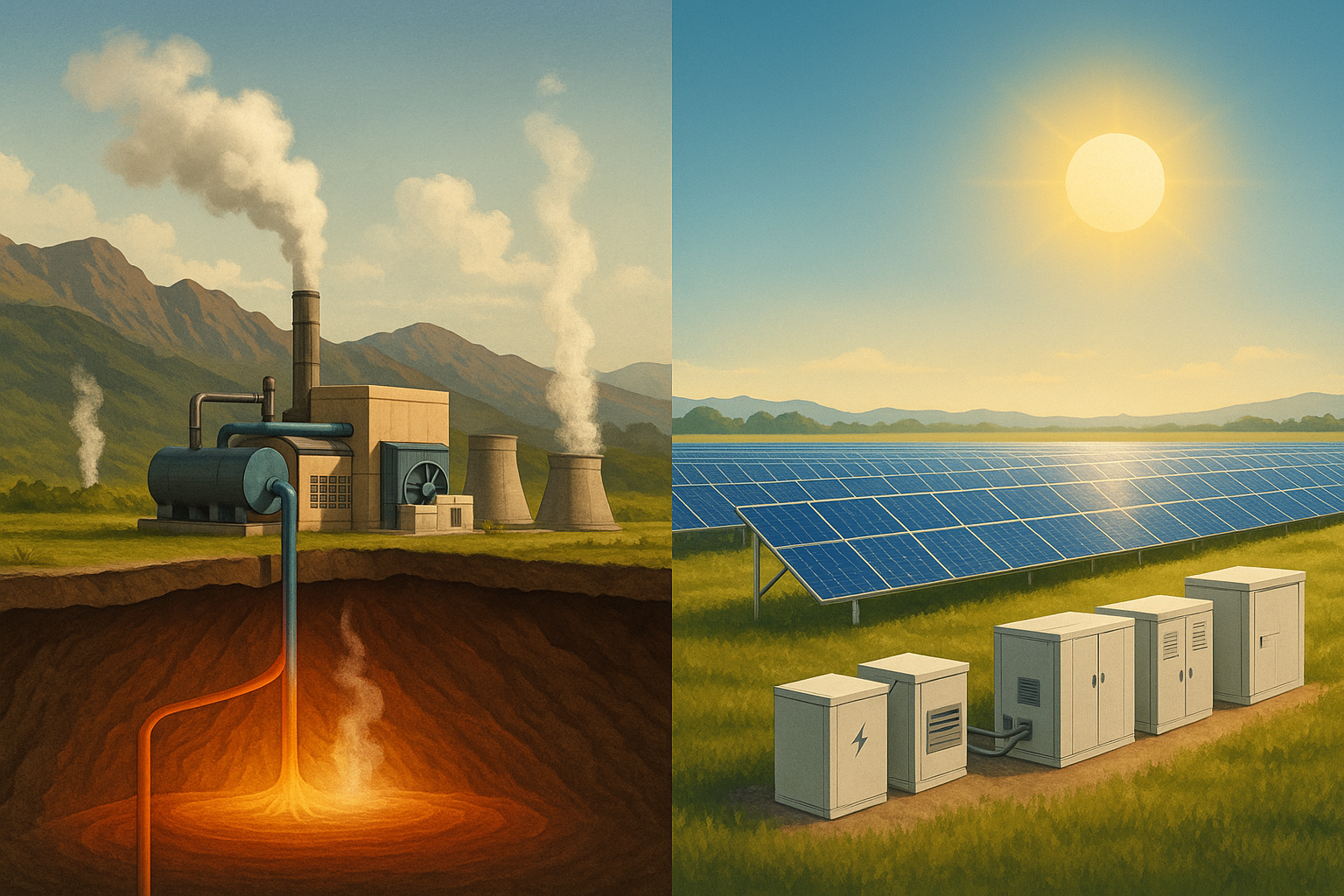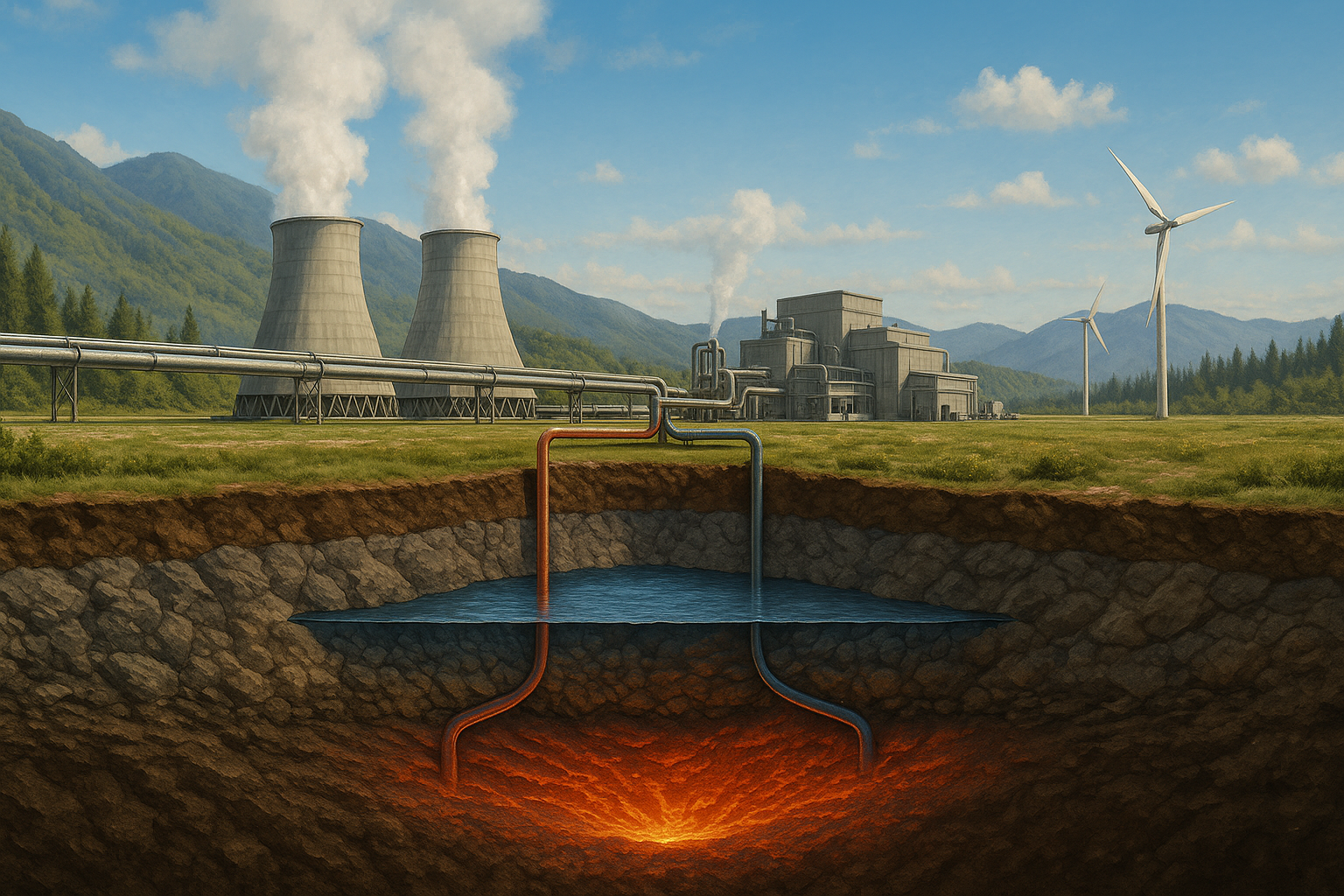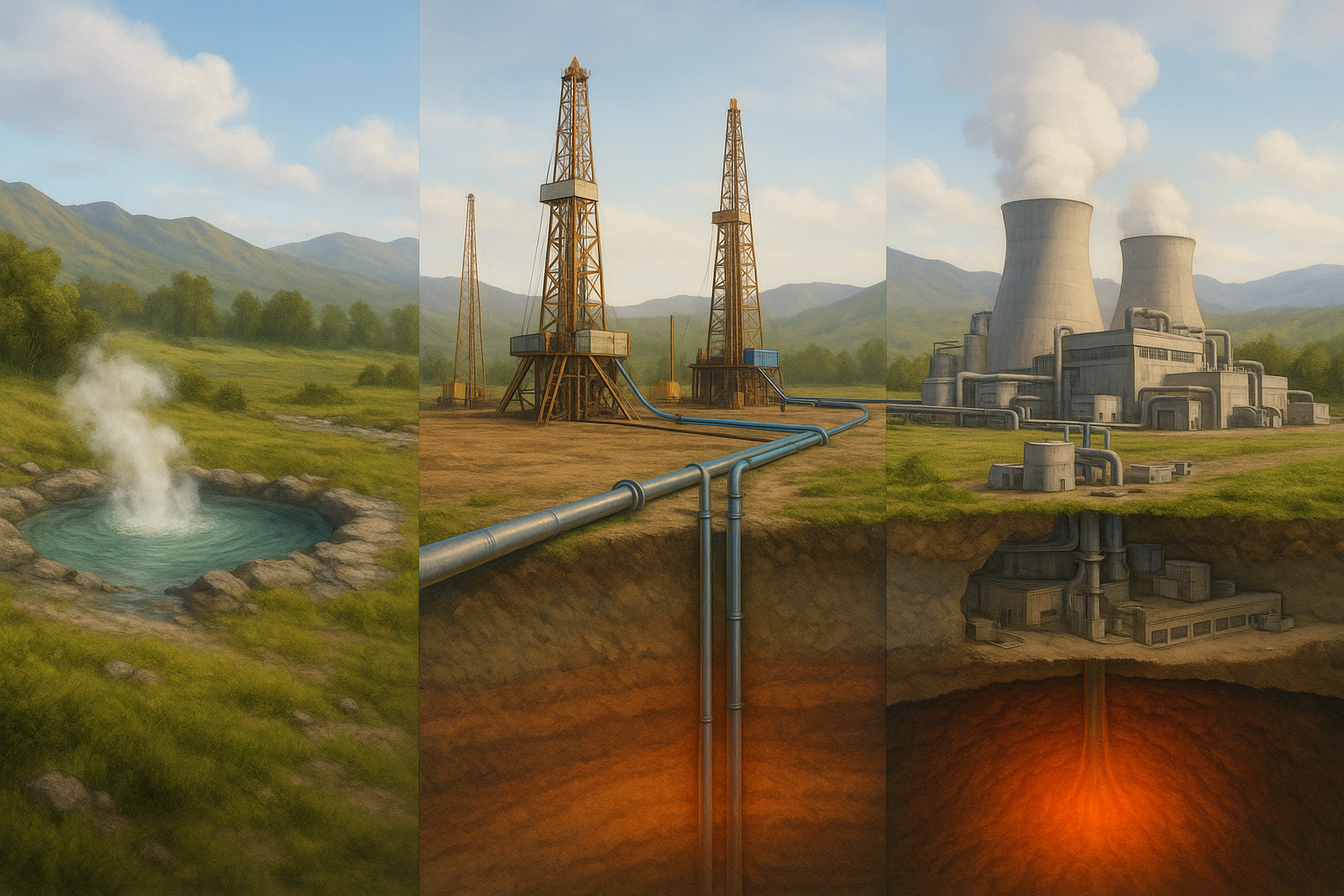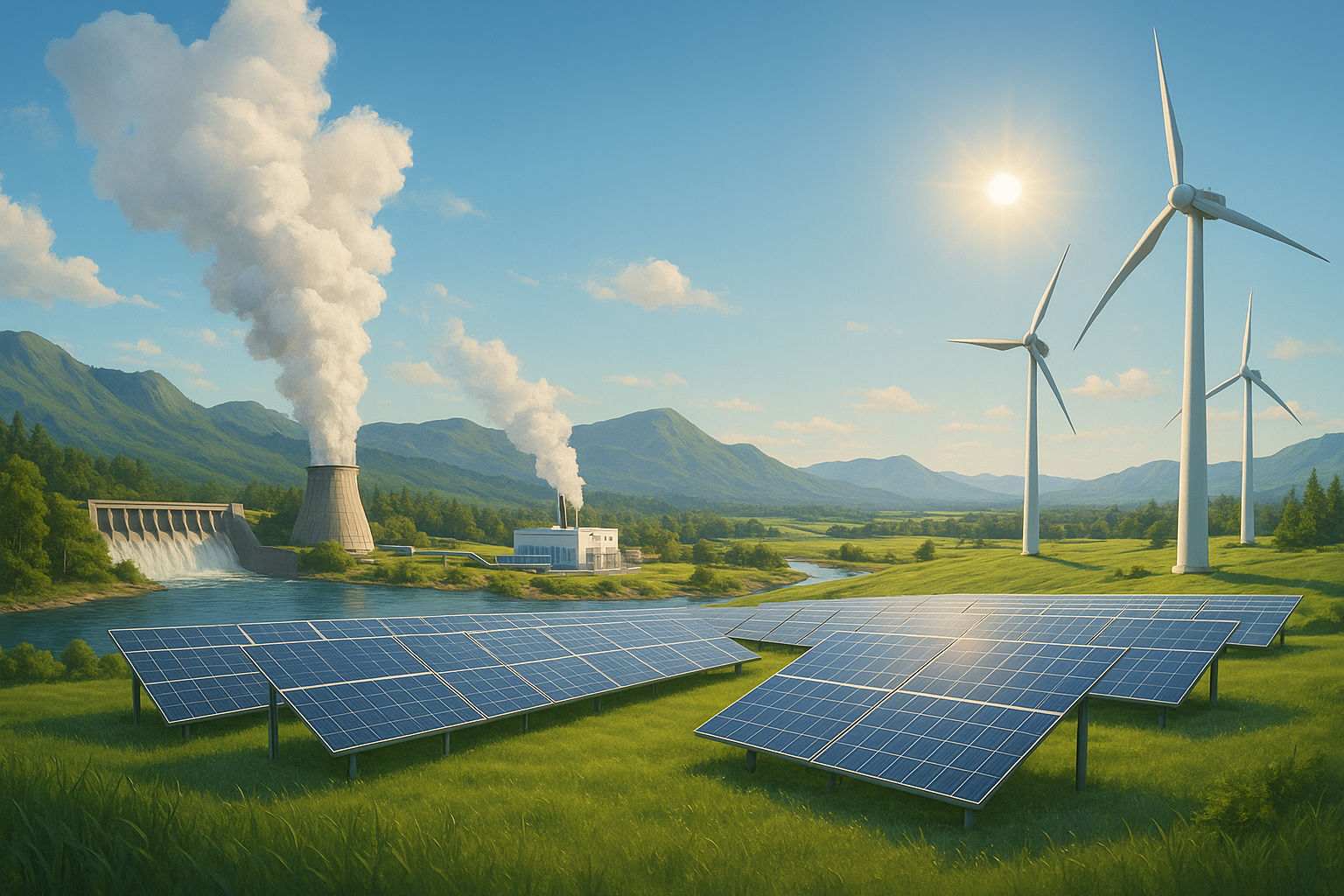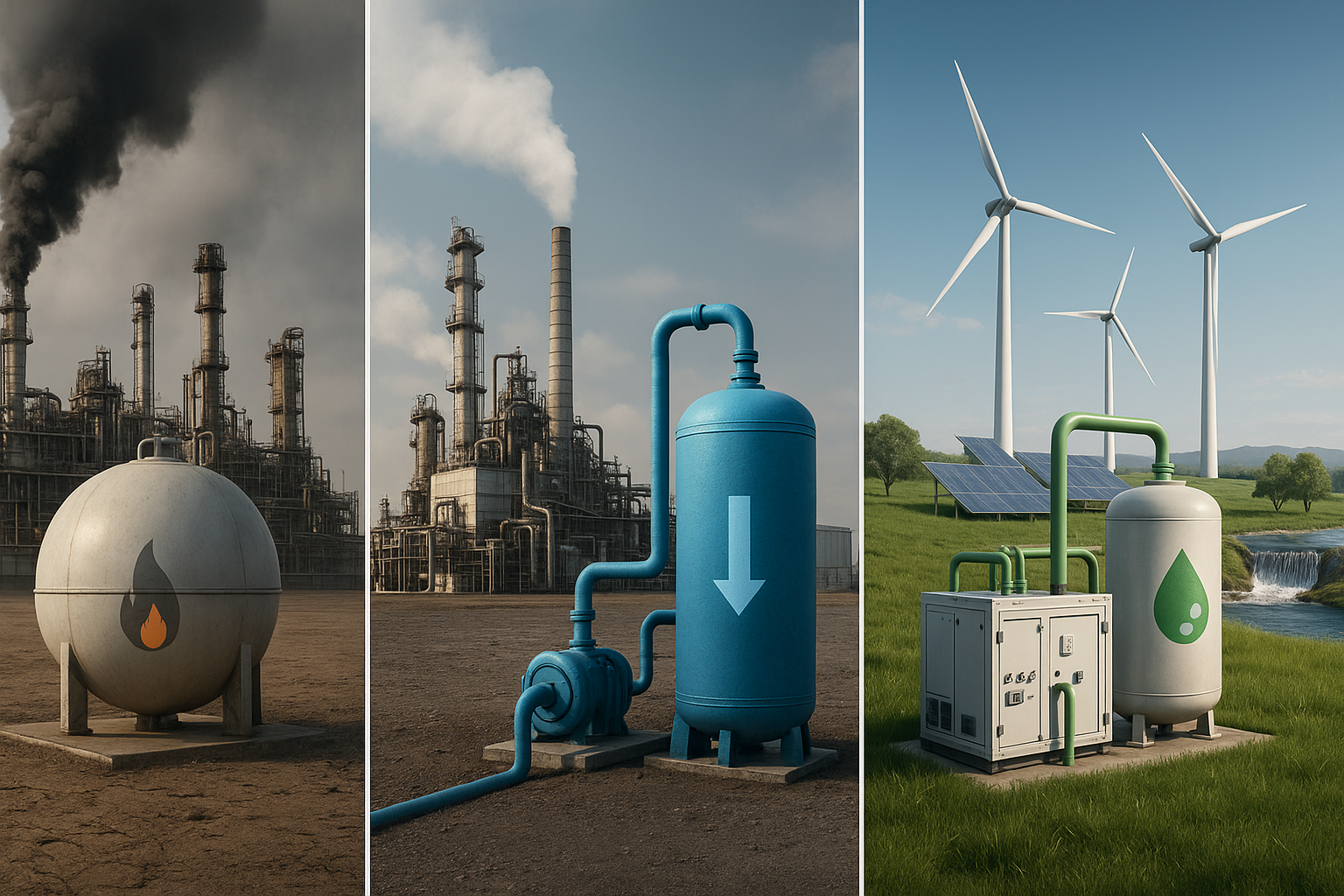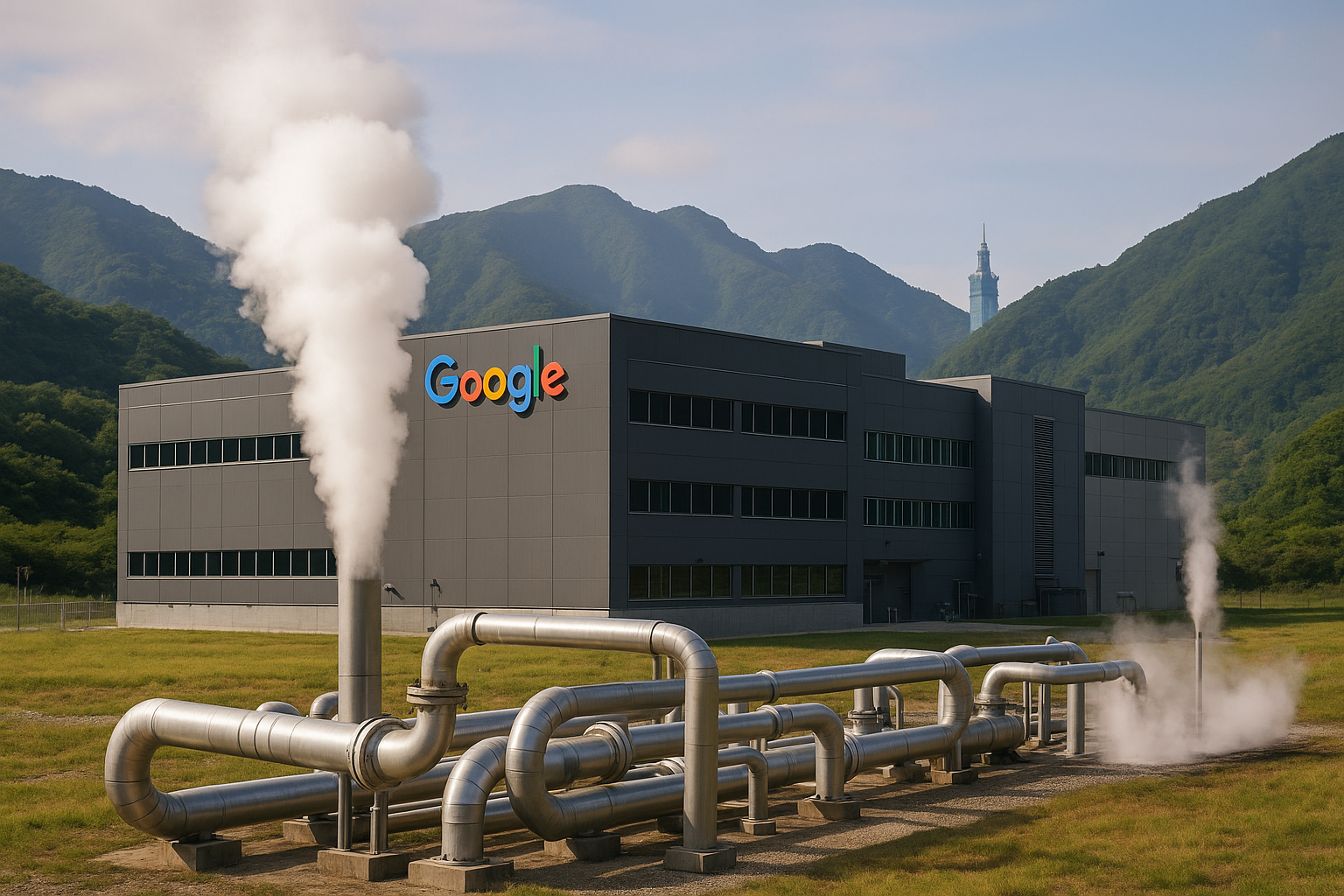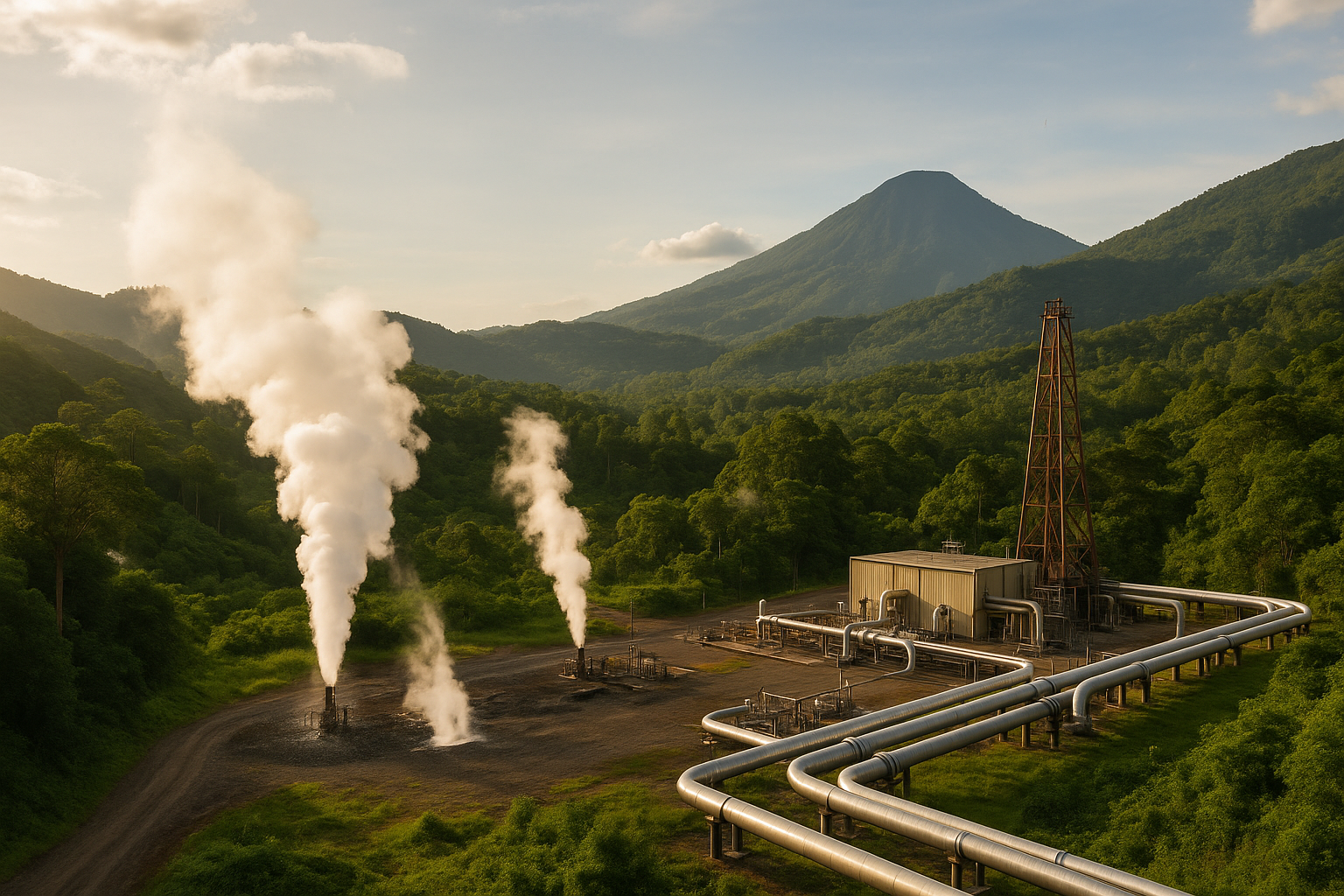Both of these renewable sources fight global warming, yet they generate electricity in entirely different ways. This article sums up, in four key dimensions—stability, cost, carbon footprint, and land use—how geothermal power and solar cells differ.
| Dimension | Geothermal Energy | Solar Cells |
| Energy source | Heat from deep rock layers—underground hot water or steam | Sunlight at the Earth’s surface |
| Power delivery | Continuous, 24 h, weather‑independent | Peaks at midday, falls when sunlight fades; batteries or backup needed at night |
| Carbon footprint | Very low (≈ ≤ 50 g CO₂/kWh) because steam drives the turbine | Also very low (≈ ≤ 40 g CO₂/kWh) but panel manufacture and disposal must be considered |
| Average electricity cost | High during exploration and drilling, but stable operating cost and competitive with fossil plants over long runs | Panel prices keep dropping and hardware is readily available, yet batteries are required for round‑the‑clock supply |
| Land use | A 10‑MW plant needs | A 10‑MW solar farm needs ~ 120–150 rai |
| Site potential | Limited to fault zones or hot‑spring / hot‑rock areas | Installable almost anywhere with adequate sunlight |
| Project lifespan | Plants typically run > 30–40 years | Panels last 25–30 years, then efficiency declines |
Who Is Each Option Best For?
Areas with hot springs or geothermal potential—e.g., Northern Thailand, Japan, Indonesia—benefit from geothermal plants that provide stable electricity and require little land.
Sunny regions lacking underground heat can turn to solar cells, which are easy to install, scalable with budget, and adaptable to available land.
So Which Should You Choose?
Investing in a geothermal plant suits those who need stable, 24‑hour baseload power; geothermal is the only renewable that can continuously supply it. Solar investment suits areas with consistent sunshine and offers faster, easier installation, though production dips at night or under heavy clouds.
For investors, the choice depends on long‑term objectives and project specifics:
If uninterrupted power and reduced grid dependence are priorities—and the site has suitable geology—geothermal is a worthwhile long‑term option despite its higher upfront cost.
Solar may fit those launching a small clean‑energy project or seeking short‑term bill savings with limited budget or land.

